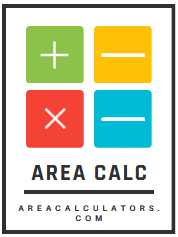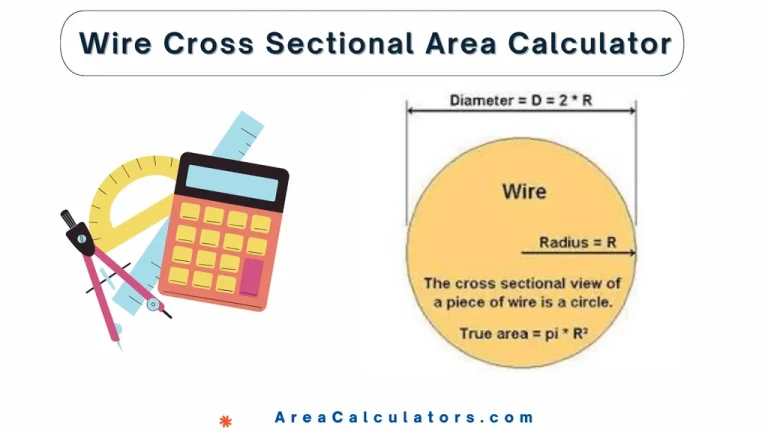Ladder Height Calculator
To calculate ladder height, combine the vertical height and the ladder’s safe angle offset, then adjust for safety additions.
The Ladder Height Calculator is a vital tool for determining the correct ladder size for various tasks, ensuring safety and efficiency. Whether cleaning gutters, painting high walls, or reaching the roof, using the right ladder size minimizes risks and maximizes effectiveness.
Formula
LH = SQRT(H² + (H/4)²) + 2
| Variable | Definition |
|---|---|
| LH | Ladder Height required |
| H | Vertical height to be reached (in feet) |
Solved Calculations
Example 1: A vertical height of 12 feet needs to be reached.
| Variable | Value |
|---|---|
| Vertical Height (H) | 12 feet |
| Horizontal Offset | 12/4 = 3 feet |
| Ladder Height (LH) | SQRT(12² + 3²) + 2 = 14.6 ft |
Example 2: For a vertical height of 20 feet:
| Variable | Value |
|---|---|
| Vertical Height (H) | 20 feet |
| Horizontal Offset | 20/4 = 5 feet |
| Ladder Height (LH) | SQRT(20² + 5²) + 2 = 22.8 ft |
What is Ladder Height Calculator?
The Ladder Height Calculator is a practical tool that helps users determine the ideal ladder size for various tasks, ensuring safety and efficiency.
Whether you need a step ladder for a 12-foot ceiling or an extension ladder for cleaning gutters, this calculator provides accurate recommendations based on height requirements and ladder angle guidelines.
The tool incorporates the 4-to-1 ladder angle rule, which ensures stability by calculating the proper base distance from the wall.
By factoring in the ladder’s overlap and safe working height, the calculator minimizes risks and simplifies decision-making.
It’s especially useful for professionals and DIY enthusiasts who need to select the appropriate ladder size for indoor or outdoor projects, adhering to industry standards for safety and effectiveness.
Final Words:
To precise, the Ladder Height Calculator simplifies ladder selection by providing precise measurements for any task. It ensures both safety and convenience, making it an indispensable tool for all ladder-related projects.

